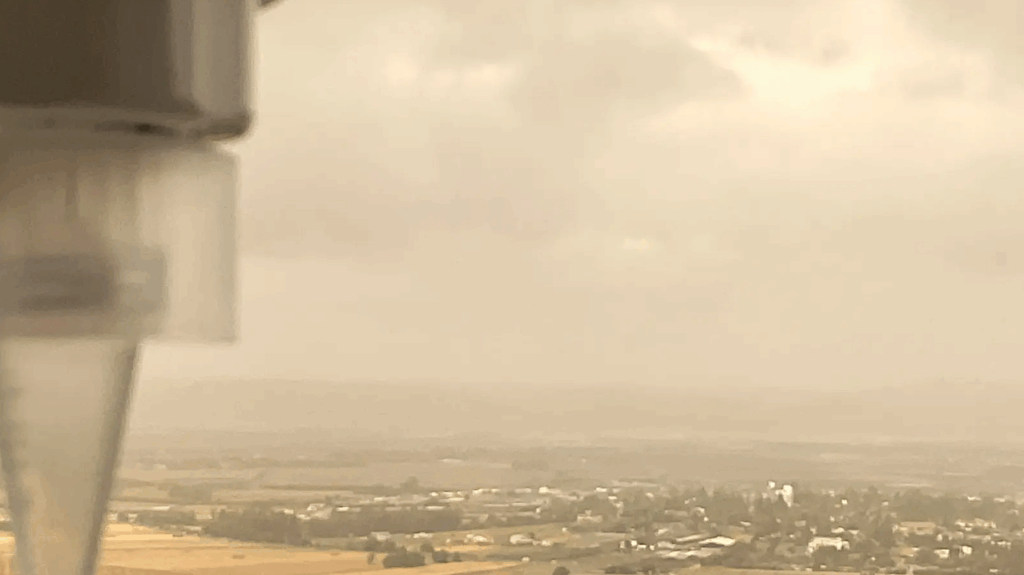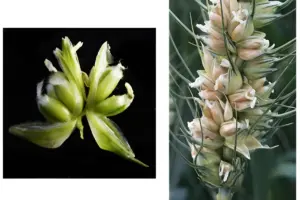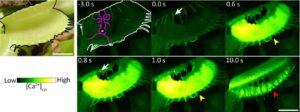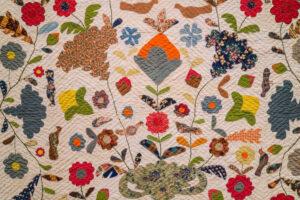
A recent study has unveiled how bacteria can survive the harsh conditions of dust storms originating from the Sahara Desert and Egypt, reaching as far as Israel. Conducted by Dr. Naama Lang-Yona’s lab at the Technion Faculty of Civil and Environmental Engineering, in collaboration with Dr. Ilana Kolodkin-Gal’s research group at the Scojen Institute for Synthetic Biology at Reichman University, the research highlights the resilience of these microorganisms.
The team discovered that specific bacteria, notably species of Firmicutes such as Bacillus, can form microscopic biofilms over dust particles. These biofilms serve as protective structures, enabling the bacteria to endure desiccation, extreme radiation, and nutrient scarcity during their atmospheric journey. Findings from this research were published in the journal Communications Earth and Environment, part of the Nature portfolio.
Implications for Atmospheric Microbiology
This study adds to the growing field of atmospheric microbiology, which examines how microorganisms survive and function in the atmosphere over vast distances. These processes can significantly influence global cycles, ecosystems, and even human health. For instance, the movement of bacteria through the atmosphere can affect disease patterns, atmospheric carbon dioxide levels, and the spread of antibiotic resistance.
“Characterizing metabolically active, living bacterial communities is reshaping our understanding of microbiome-environment interactions,” said Dr. Lang-Yona. She added that their research indicates that the air we breathe may contain entire bacterial communities from distant regions, potentially integrating into local ecosystems and impacting human health.
The researchers successfully isolated and cultured bacteria transported by dust storms under atmospheric conditions, concentrating on beneficial Bacillus strains. These strains are recognized for their positive applications in fields such as agriculture, construction, and medical probiotics. The team posits that natural selection during dust storms may favor more innovative bacterial strains, enhancing their utility in various practical applications.
Redefining the Soil Microbiome
This research expands the traditional understanding of the soil microbiome to encompass airborne microbial communities, broadening the repertoire of survival strategies among these remarkable organisms. The formation of Bacillus biofilms and their niche adaptation play a crucial role in shaping the microbial communities transported over long distances.
By understanding how these bacteria survive and thrive during their atmospheric journey, scientists can better assess their potential roles in ecosystems and their applications in human industries. The implications of this study extend beyond scientific curiosity; they pave the way for innovative solutions in agriculture, environmental management, and health sciences.
As research in atmospheric microbiology continues to evolve, the findings from Dr. Lang-Yona and Dr. Kolodkin-Gal’s collaborative study offer significant insights into the resilience of microorganisms and their impact on our world.






